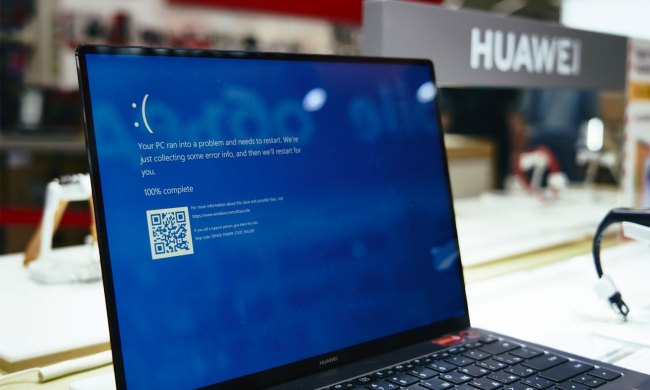
Interestingly, the leaked pricing is actually cheaper than Comcast’s current top tier 505 plan, a 505 Mbps service plan that costs $399.95 a month. Of course, getting that 505 Mbps service installed costs $250 in addition to another $250 fee for service activation. On top of those charges, the subscriber also has to commit to a 3-year contract period that includes an early termination fee of $1,000 if the contract is broken.
Comcast is expected to launch the Gigabit Pro service in Atlanta first and make it available to approximately 18 million households before the end of the year. Regarding competition, Google is also launching Google Fiber in Atlanta. As that service rolls out, pricing will likely be similar to other cities with Google’s 1-Gigabit Fiber service priced at $70 per month.
There are no data caps on Google Fiber or the proposed Gigabit Pro service from Comcast. Facing competition from other cable companies, Cox recently raised data caps dramatically for all subscribers. The company’s most popular 50 Mbps plan has been increased from a 250GB data cap to 350GB per month. The 100 Mbps plan has increased from 300GB a month up to 700GB and the 150 Mbps tier skyrocketed from 400GB a month up to 2 terabytes of data per month. Cox is also working to launch a GigaBlast service in several markets in order to increase download speeds for consumers.


